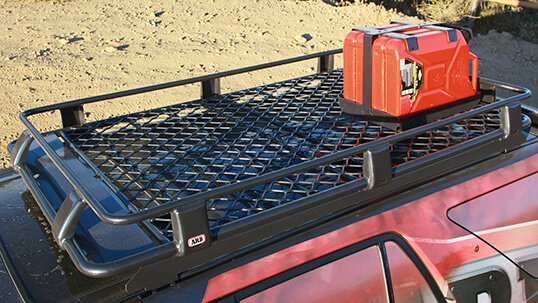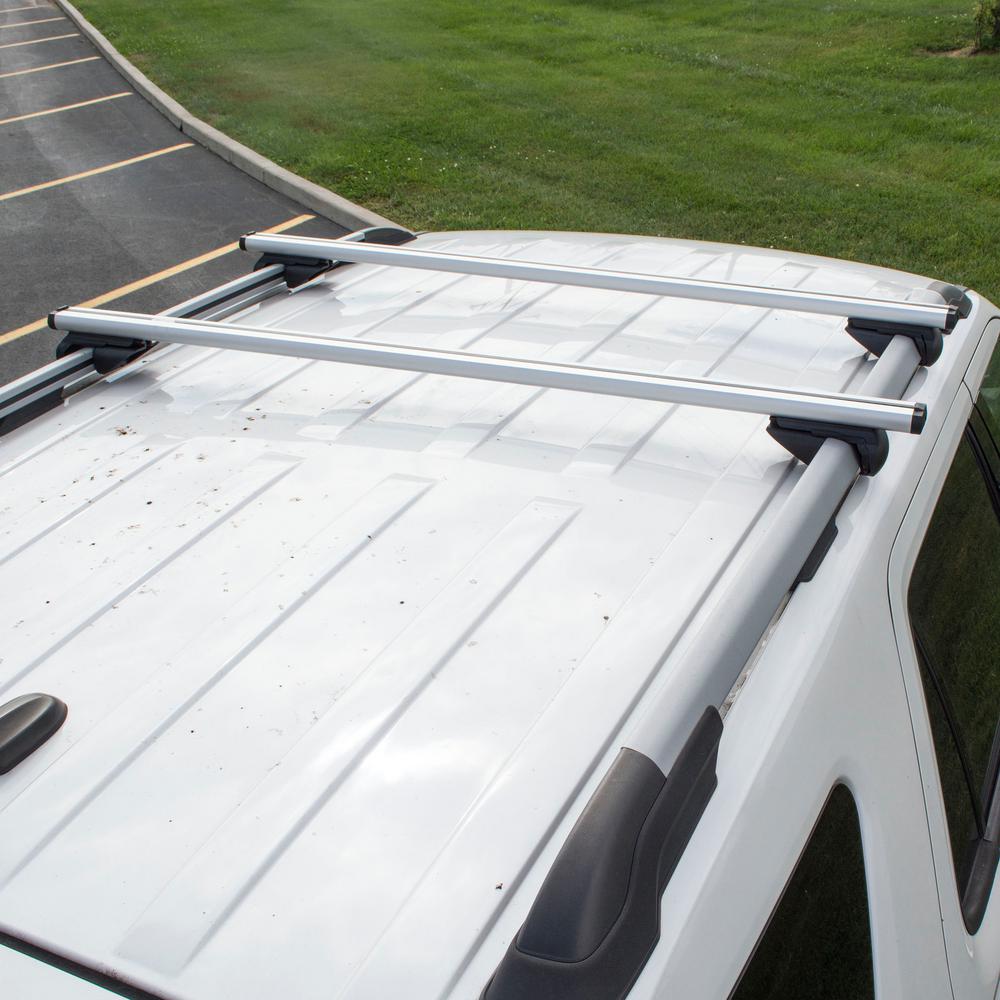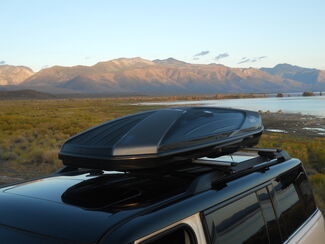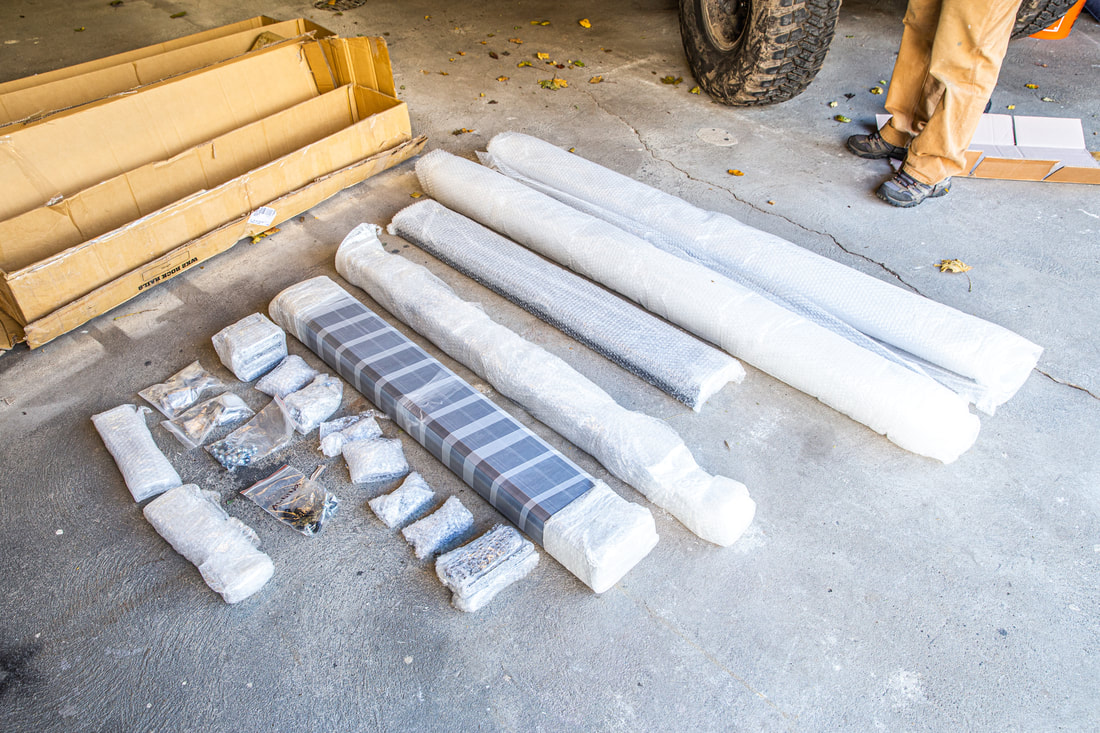How Much Fuel Does Removing A Roof Rack Save

Old clutter toolboxes extra baggage.
How much fuel does removing a roof rack save. Adding a bike to the equation caused fuel consumption to jump by 35 compared to their baseline settings. The cheapest way out of course is to eliminate as much unnecessary vehicle weight as possible. This means that adding an empty roof rack to a car that usually gets 35 mpg will drop the gas mileage to 32 5 mpg. Aftermarket roof racks are typically much easier to remove.
Some people even remove their spare tire for a good 40 to 80 pounds of reduction. Removing bike racks from suv s is popular as well. Most simply clamp around your side rails or door jamb and can be removed by loosening a few bolts. The researchers estimated that a government policy to minimize unloaded roof racks admittedly extreme in combination with more energy efficient designs would result in cumulative savings of the equivalent of 1 2 billion gallons of gasoline over the next 26 years.
A drop of 7 percent may not sound like much but it adds up over time. This includes removing junk from your trunk. When consumer reports tested how roof racks affected fuel economy in 2013 they noticed a 5 mpg drop at highway speeds from an empty rack. I ll justify these numbers below.
That roof rack is killing your fuel economy berkeley lab research says it cost 100 million gallons of gas in 2015. It depends tremendously on who you ask and what vehicle is used. A close second was the kayak with 28 percent or a. An empty rack has been reported to increase the cost of fuel over time from anywhere from 1 to 15 while a fully loaded roof rack will add 20 to 50 to your fuel bill.
It would be smart to remove them to save gas and money. And since air resistance increases exponentially with speed the difference would have been even bigger at 70 mph many people drive at that speed. Adding an empty roof rack to a vehicle can drop the gas mileage by about 7 percent. The gear with the most impact were the dual mountain bikes strapped to the roof which impacted the fuel economy by 31 percent or 9 mpg.














































